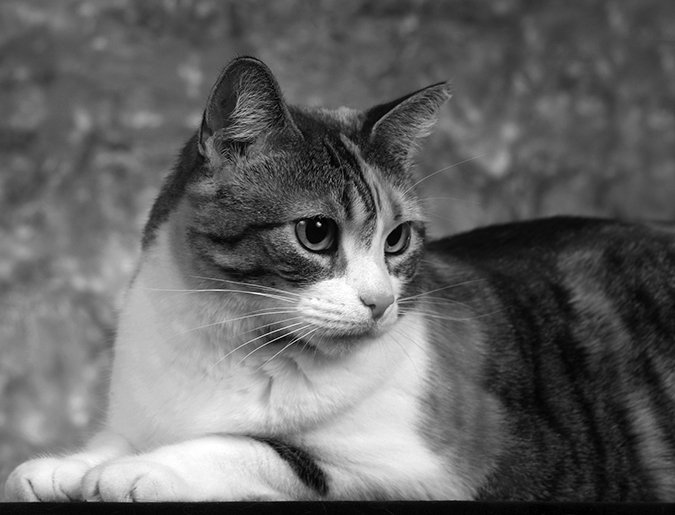Q: I have an 11-month-old Maine Coon who has had a bad case of gingivitis since she was a kitten. I am very worried, as I have been reading about this condition in cats, and I hope that this will not ultimately lead to our having to have all of her teeth removed. Can you shed some light on this condition?
A: I am very sorry to hear about your kitty’s problems, and I understand your concern completely. Dental disease is fairly common in cats, and diseases of the gingiva, or gums (the part of the soft tissue lining in the mouth that surrounds the teeth) can cause problems ranging from discomfort to tooth loss, depending upon the cause and severity of the condition. Perhaps a brief discussion of what gingivitis is and what may cause it would be helpful.

Gingivitis is defined as inflammation of the gingiva that most commonly occurs in response to compounds produced by bacteria that reside in a film (called the biofilm) that surrounds the teeth. This film is a normal structure found in the mouths of healthy cats, and it contains many beneficial bacteria that protect the tooth from infection by pathogenic (abnormal and disease-causing) bacteria. If these pathogenic bacterial gain access to the biofilm, however, they can release compounds that damage the surrounding gingiva, resulting in swelling, redness and pain that we recognize as inflammation.
The accumulation of these pathogenic bacteria can be promoted if the characteristics of the gingiva are altered so that places for bacterial attachment become available. Such places may arise when plaque, a soft, opaque deposit on the teeth, mineralizes to form dental calculus. This mineralization begins within hours of plaque formation and may be complete within two weeks.
It is important to note that it is not the calculus itself that causes gingivitis, but rather the production of compounds produced by bacteria that reside on the rough surface of plaque. Prevention of the accumulation of plaque (and subsequent calculus) forms the rationale for the regular cleaning (i.e., brushing) of teeth to prevent the accumulation of pathogenic bacteria in the gingiva.
Gingivitis is commonly diagnosed in cats, and in some cases may be due to infection with the highly prevalent and contagious calicivirus. Studies suggest that inflammation of the gingiva may result from a cat’s immune system trying to eliminate the virus in this region, but an important point is that in the vast majority of cases of calicivirus infections that affect the mouths of cats, the inflammation extends beyond the gingiva to include other regions of the lining of the mouth (i.e., the tongue and inner cheeks). Tests to identify the DNA of calicivirus (called polymerase chain reaction, or PCR tests) can be used to rule out the possibility of infection with this common virus. Some researchers speculate that infection with other viruses, such as feline leukemia virus or feline immunodeficiency virus, may play a role in some cases of feline gingivitis, although this has not been proven.
When gingivitis is diagnosed in a kitten, the veterinarian will carefully examine the entire oral cavity. If there is no evidence of inflammation in non-gingival regions of the mouth, calicivirus infection is unlikely. Some breeds, such as the Maine Coon and Siamese, are predisposed to juvenile gingivitis and management may involve surgical resection (removal) of portions of the gingiva and, in some cases, removal of teeth depending upon the severity of the condition.
It is important that you work closely with your cat’s veterinarian and perhaps with a board certified veterinary dentist/oral surgeon as needed to most optimally manage your kitty’s condition.
Careful monitoring and thorough routine dental home care are vital for the best outcome. Please discuss these issues carefully with your cat’s veterinarian. Best of luck to you and your kitty, and please keep us up to date on your baby’s progress.
—Sincerely, Elizabeth



